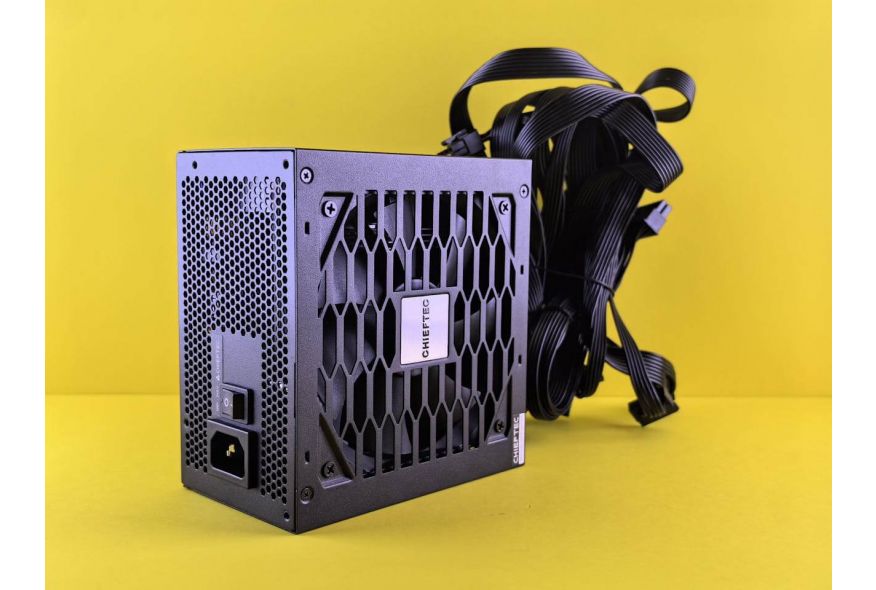How to Know if Your Power Supply is Sufficient for Your PC
A weak or overloaded power supply (PSU) can lead to system crashes, component damage, or even failure to boot. Whether you’re building a new PC, upgrading parts, or troubleshooting instability, ensuring your PSU can handle your hardware’s power needs is critical. Here’s how to check if your power supply is up to the task.
Why PSU Wattage Matters
Your power supply delivers electricity to every component in your PC. If it can’t supply enough wattage, your system may:
Randomly shut down during heavy loads (gaming, rendering).
Experience GPU/CPU throttling or instability.
Fail to power on altogether.
Suffer long-term damage from voltage fluctuations.
Step 1: Calculate Your PC’s Total Power Requirements
List your components: CPU, GPU, RAM, storage, cooling, and peripherals.
Check their power draw:
CPU/GPU: Find their Thermal Design Power (TDP) or max power consumption (check manufacturer specs).
Other components: Motherboards use ~50W, RAM ~5W per stick, and SSDs/HDDs ~5–10W each.
Add a 20–30% buffer for safety and future upgrades.
Example: A mid-range gaming PC with a 150W CPU and 250W GPU might need 500–600W total.
Step 2: Use an Online PSU Calculator
For precision, use tools like:
OuterVision PSU Calculator (detailed, accounts for overclocking).
Newegg Power Supply Calculator (user-friendly).
Cooler Master PSU Calculator (estimates based on component lists).
These tools factor in peak loads and efficiency losses.
Step 3: Check Your PSU’s Label
Locate the wattage: Printed on the PSU’s side (e.g., “650W”).
Verify the +12V rail amperage: Critical for GPUs and CPUs. Multiply voltage (12V) by amperage to get max wattage (e.g., 12V × 45A = 540W).
Check efficiency ratings: 80 Plus Bronze, Silver, Gold, etc., indicate reliability but not total capacity.
Step 4: Monitor Real-Time Power Draw
Use hardware tools to measure usage:
HWMonitor or Open Hardware Monitor (software-based estimates).
Kill-A-Watt Meter (plug your PC into this device for real-time readings).
Compare peak usage to your PSU’s rated wattage.
Step 5: Signs Your PSU is Insufficient
Random shutdowns/restarts under load.
Burning smells or unusual noises (clicking/whining).
GPU/CPU not performing at full capacity.
Peripheral failures (USB devices disconnecting).
Pro Tips for Choosing a PSU
Prioritize quality brands: Corsair, Seasonic, EVGA, or Be Quiet!.
Avoid generic PSUs: They often overstate wattage and lack safety features.
Plan for upgrades: Buy a PSU with 100–200W more than your current needs.
💡 Did this guide help you? Share it with friends or fellow PC builders on Facebook, Twitter, or Reddit to help them avoid PSU pitfalls! 💡
By ensuring your power supply meets your system’s demands, you’ll enjoy stable performance and protect your investment. Questions? Ask in the comments below!
🔌 Spread the knowledge! Share this article to help others build safer, more reliable PCs! 🔌







